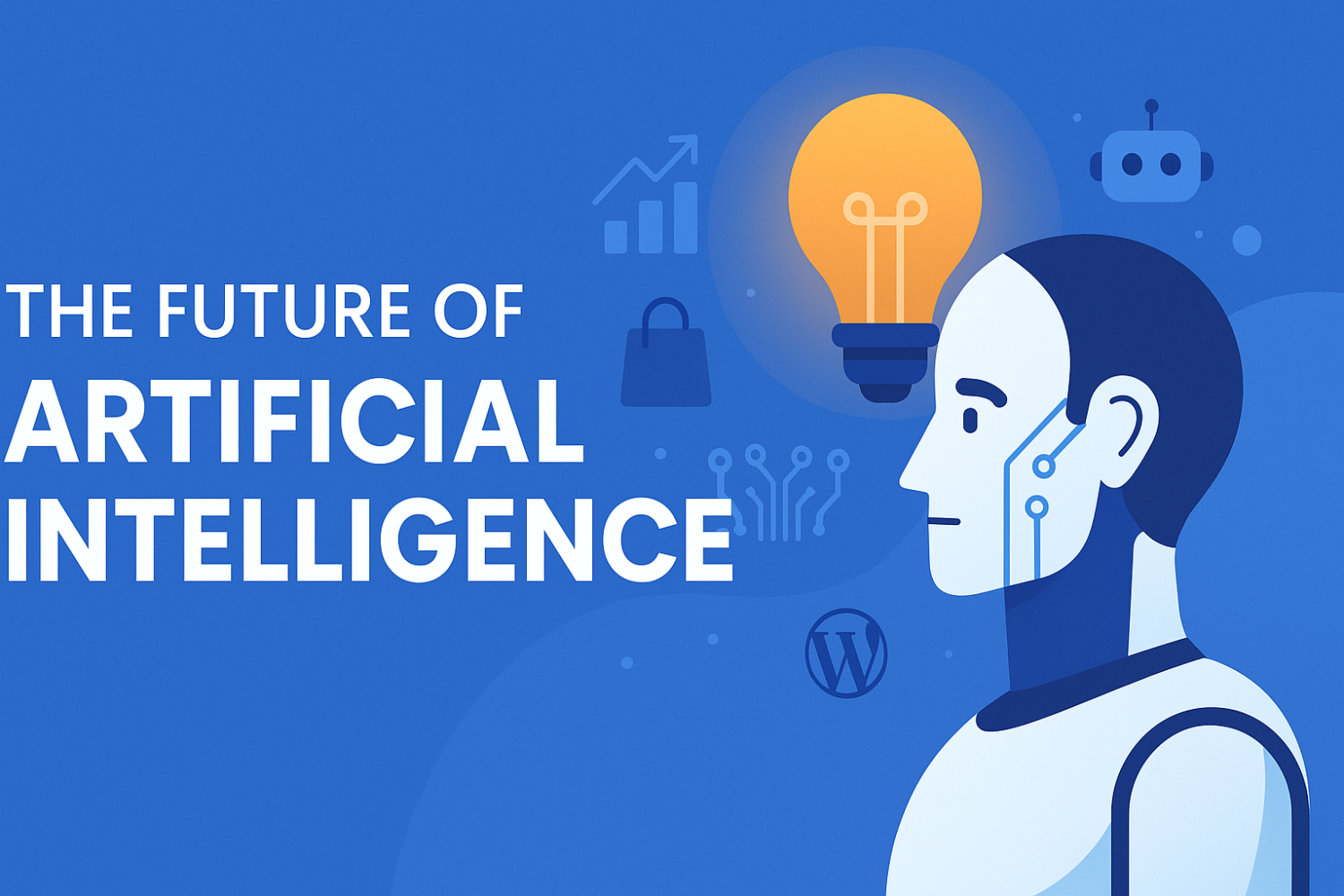The Ultimate Guide to Launching Your E-Commerce Website: A Beginner's Blueprint

Choosing the Right E-Commerce Platform
Selecting an appropriate e-commerce platform is a critical step in the e-commerce website guide, as it directly influences the overall success of your online store. With various platforms available, such as Shopify, WooCommerce, and Magento, it’s essential to evaluate your business requirements, technical knowledge, and long-term goals to make an informed decision.
Shopify is a popular choice for beginners due to its user-friendly interface and comprehensive support. This hosted solution offers a streamlined website setup for beginners, allowing users to launch an e-commerce site quickly. With built-in features like payment processing, inventory management, and responsive themes, Shopify makes it easy to create a successful online store. However, its monthly fees and transaction costs could be a drawback for some entrepreneurs.
WooCommerce, on the other hand, is a plugin for WordPress, making it ideal for users familiar with this content management system. This open-source platform offers an extensive range of customization options and flexibility, which can accommodate various business needs. While WooCommerce can be more cost-effective in terms of initial investment, users should be prepared for more complex website setup for beginners as it requires hosting and greater technical knowledge.
Magento is another robust option, particularly suitable for larger businesses or those anticipating rapid growth. This platform offers powerful features and scalability, enabling merchants to handle high volumes of transactions. However, the complexity of Magento means that it may not be the best fit for beginners or those with limited technical skills. Additionally, the pricing structure may impose significant costs on smaller retailers.
In evaluating your choices, consider factors like ease of use, scalability, features, and pricing, which can greatly impact your e-commerce site's performance. By aligning your needs with the strengths of these platforms, you will be well on your way to establishing a successful online store that meets your vision and requirements.
Setting Up Payment Gateways
When launching an e-commerce website, selecting the right payment gateway is crucial for facilitating transactions smoothly and securely. A payment gateway acts as an intermediary between the customer and the e-commerce platform, ensuring that sensitive payment information is processed safely. For beginners looking to establish a successful online store, understanding the different payment gateway options is key.
Some of the most popular payment gateways include PayPal, Stripe, and Square. Each of these platforms offers unique features and integrations that can enhance the customer experience on your e-commerce site. For instance, PayPal is widely recognized and trusted by consumers, which can improve your conversion rates. On the other hand, Stripe provides robust developer tools and is known for its flexibility, making it ideal for businesses with specific customization needs. Square stands out for its competitiveness regarding transaction fees, especially for small businesses.
When setting up a payment gateway, there are several factors to consider. Security is a primary concern; ensure that the payment processor complies with Payment Card Industry Data Security Standards (PCI DSS). This compliance guarantees that customer payment information is handled securely. Additionally, transaction fees and processing costs can significantly affect your profit margins, making it essential to review and compare the fee structures of different gateways.
The customer experience should also remain a top priority. Select a payment gateway that offers a seamless checkout process, as this can lead to higher sales conversions. Offering multiple payment methods, such as credit/debit cards, digital wallets, and bank transfers, can also enhance user satisfaction. As you navigate the website setup for beginners, take the time to integrate your chosen payment gateway effectively, ensuring that it aligns with the overall functionality of your e-commerce platform.
Designing User-Friendly Store Layout
Creating a user-friendly layout for your e-commerce website is essential for attracting and retaining customers. The design elements play a significant role in shaping the shopping experience, influencing how users perceive your brand and interact with your products. A well-structured layout should ensure that potential customers can easily navigate through your offerings while encouraging them to explore further.
When launching an e-commerce site, selecting a suitable theme is crucial. Many e-commerce platforms offer a variety of templates that cater to different industries, making it easier to find one that aligns with your store’s products and target audience. Choose a design that not only reflects your brand identity but also prioritizes responsiveness, ensuring that your website looks great on both desktop and mobile devices. A mobile-friendly design is particularly important, as a significant portion of online shoppers now use their smartphones for purchasing.
Effective navigation is another vital component of a user-friendly layout. Implement clear and concise categories that make it easy for customers to find what they’re looking for. Furthermore, incorporating search functionality can enhance the shopping experience by allowing users to quickly locate specific items. Consider including filters and sorting options to help customers narrow down their choices based on features such as price, size, and popularity.
Additionally, high-quality product photography and thorough descriptions are indispensable in the setup for beginners. Engaging visuals can draw customers’ attention and make them feel more confident in their purchase decisions. Accompanying these images with detailed descriptions outlining key features, benefits, and usage tips will provide necessary information that can lead to higher conversion rates.
Implementing these design strategies will significantly contribute to creating a successful online store that not only meets customer expectations but also enhances the overall shopping experience.
Optimizing for SEO and Marketing Strategies
To successfully launch an e-commerce site, it is imperative to optimize for SEO and implement effective marketing strategies. Search Engine Optimization (SEO) plays a crucial role in improving the online visibility of your successful online store, ensuring that potential customers can easily find your products or services amidst numerous competitors. A foundational element of e-commerce SEO involves comprehensive keyword optimization. Begin by conducting thorough keyword research to identify terms and phrases relevant to your niche. Incorporate these keywords naturally into product descriptions, category pages, and blog content, making sure not to overstuff, as this can lead to penalties by search engines.
Content marketing forms another vital component of your e-commerce website guide. By consistently producing high-quality, informative content, you can enhance user engagement and establish your brand as a trusted authority in your industry. Consider starting a blog that addresses common customer queries, showcases product benefits, or shares industry trends. Integrating informative content not only attracts visitors but can also improve your site's ranking on search engines.
Social media integration is equally important; utilize platforms such as Instagram, Facebook, and Pinterest to foster customer interaction and showcase your products creatively. These channels not only help in driving traffic to your e-commerce platform but also facilitate brand loyalty amongst customers. Additionally, consider implementing an email marketing strategy to communicate with your audience directly. Craft compelling newsletters, offer exclusive promotions, and share content updates to encourage conversions. Implementing these strategies, while continuously analyzing your results using analytics tools, will significantly aid in refining your approach and enhancing your marketing efforts.
In conclusion, optimizing your e-commerce site for SEO and developing comprehensive marketing strategies are key steps in creating a successful online store. By focusing on these areas, beginners can effectively increase their visibility and drive sustained growth.










